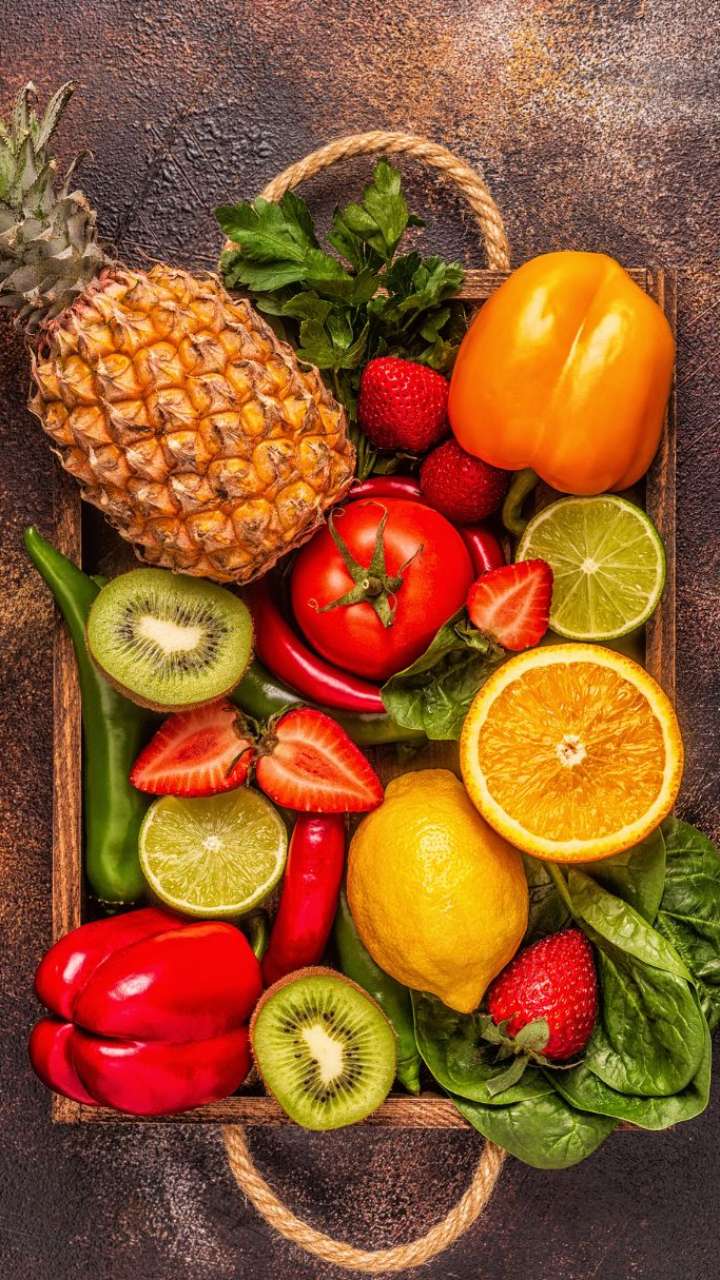Vitamin C a Journey Worthwhile

The Dreaded Curse of the Sea on its Sailors
For long journeys across the sea had many impacts for the entire world. One of the many was on the health of the sailors who only had a minimal diet available on the oceans. Consisting mostly of salted meats, hardtack breads, and everlasting biscuits, they started noticing some ill effects of such a diet. Identified as Scurvy, a term that become synonymous with dread and tragedy, haunted the seas for nearly three centuries, claiming the lives of almost 2.2 million seafarers between the 1400s and the early 1800s. This debilitating disease, stemming from what was found to be a severe deficiency of vitamin C, became so infamous that it found a place in literary masterpieces like Moby Dick and The Rime of the Ancient Mariner. The peril and scourge it posed to those sailors was well-known, but understanding its cause took an astonishing amount of time.
The Lemonade Revolution from Physician Sir Gilbert Blane
It wasn’t until the late 1700s, 1779 to be exact, when British physician Sir Gilbert Blane stumbled upon the solution that caused the menace of scurvy to ease. Blane, recognizing the importance of fresh foods and lemon juice on the body from observing the poor populace, prescribed the use of vitamin C rich foods among the nation’s sailors. This simple yet revolutionary act marked the turning point in the battle against this debilitating and ruinous scurvy.
Vitamin C: Unraveling the Grandfather of Antioxidants
 Coming closer to the modern era, in the 1930s, when the active nutrient in those citrus food was isolated and named vitamin C As science explored its intricacies and effects, the true significance of vitamin C began to become more clear. This nutrient, often hailed as the “grandfather” of antioxidants, boasts a dual role in the body – as a potent antioxidant and an essential nutrient.
Coming closer to the modern era, in the 1930s, when the active nutrient in those citrus food was isolated and named vitamin C As science explored its intricacies and effects, the true significance of vitamin C began to become more clear. This nutrient, often hailed as the “grandfather” of antioxidants, boasts a dual role in the body – as a potent antioxidant and an essential nutrient.
Vitamin C, or L-ascorbic acid, is a water-soluble vitamin naturally present in food. It has been found as a crucial nutrient and aids in the producing compounds that support several bodily functions. The following are ways that it can effect you and me for the better.
The Multifaceted Benefits of Vitamin C:
- Sustaining Your Healthy Metabolism: Contributing to overall metabolic well-being, as experienced in curbing Scurvy.
- Facilitating Iron Absorption: Aiding in the absorption of this vital mineral that is not readily digested.
- Boosting Heart and Vascular Health: Maintaining a robust cardiovascular system as a protector.
- Supporting Collagen Synthesis: Vital for bones, blood vessels, organ cohesion, tendons, ligaments, and skin.
- Regulating Blood Pressure: Supports maintaining your levels within the normal range.
- Fortifying the Immune System: Enhancing and boosting your immune system’s function.
- Player in Enzymatic Reactions: Facilitates the essential role in many physiological processes.
- Preserving Bones, Teeth, and Eyes: Essential for maintaining health in these areas.
- Protecting Against Free Radicals: Preventative action against cell damage that occurs on the regular.
- Nurturing Your Brain’s Health: Aiding neurotransmitter production, keeping up it’s vitality.
- Amplifying Antioxidant Actions: Enhancing the effectiveness of other antioxidants. Active in maintaining cell health
Vitamin C: Prioritizing Nutrients
There are many vitamins and minerals that are needful for our bodies to maintain the health and balance it has been created to do. And the laundry list of Viatmin C’s benefits underscores the importance of ensuring an ample supply of it in our daily diets. It is best to get it from the foods we eat, as we hold here, your Food Is Medicine. But for those who are unable, or don’t have direct access to fresh fruits rich with the nutrient, supplements are a good alternative.
Here’s what is recommended by the FDA for each stage of life –
Infants (AI)
- 0 to 6 months: 40 milligrams/day (mg/day)
- 7 to 12 months: 50 mg/day
Children (RDA)
- 1 to 3 years: 15 mg/day
- 4 to 8 years: 25 mg/day
- 9 to 13 years: 45 mg/day
Adolescents
- Girls 14 to 18 years: 65 mg/day
- Pregnant teens: 80 mg/day
- Breastfeeding teens: 115 mg/day
- Boys 14 to 18 years: 75 mg/day
Adults
- Men age 19 and older: 90 mg/day
- Women age 19 year and older: 75 mg/day
- Pregnant women: 85 mg/day
- Breastfeeding women: 120 mg/day
In Summary: Embrace the Power of Vitamin C in Your Life
In conclusion, the journey from the scourge of scurvy to the recognition of vitamin C’s pivotal role in our health is a testament to human perseverance and scientific discovery. Understanding the multifaceted functions of this nutrient allows us to appreciate its significance in maintaining a healthy and balanced life. If you’re concerned about getting enough vitamin C foods, simply turn to your local market and stock up on vitamin C-rich fruits and vegetables. Whether fresh, frozen or canned, produce like pineapple, potatoes and bell peppers are plentiful in vitamin C, and enjoying more of them can meet your everyday needs.

